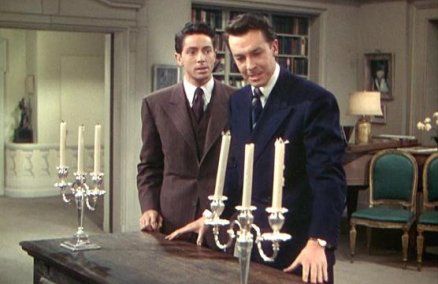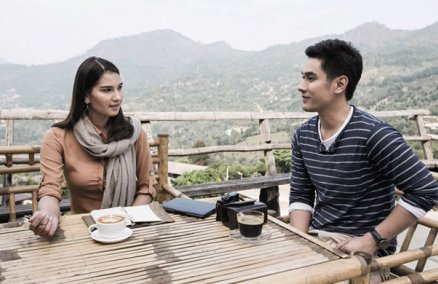Welcoming us sincerely as we entered the lounge at Raffles The Plaza, and ordering himself a Heineken (“No, wait … make that a Tiger!” he quipped), Doyle took a seat in the warm glow of the morning sun, where—with a pleasant yet contemplative look—he seemed like any other 54-year-old angmoh. But, having left Sydney when he was 18, and spending most of his life since in Asia as a cornerstone of the region’s eclectic film industry, Doyle prefers to think of himself as an “Asian with a skin disease.” “Basically, it was a delayed adolescence,” he elaborates. “I grew up in this space with these people, so therefore I belong to them. I feel very Asian.”
Despite working only on a select few Hollywood projects like Gus Van Sant’s disastrous remake of Psycho and M. Night Shyalamalan’s latest Lady in the Water, Doyle has been on the receiving end of much international critical acclaim. But mastering a craft so completely seems almost second nature to Doyle, who thinks of his work more as a “pleasure” than a job. “Right now, I have the greatest life in the world, because I will look at how the light changes on that cricket pitch,” he says, nodding towards The Padang, “and it will inform, every single minute of every single day, how I’m working. It’s an incredible gift, you know?”
Doyle chose to elaborate on the role of a cinematographer, not so much in broad technical terms, but with a poetic passion. “It’s not just about a style. It’s very much about creating space, and you create space through light, through trust with the actors, and the director,” he says. “Space means ideas, possibility, and colors. And I think that’s what we do. I think a cinematographer is the bridge between what’s happening in front of the camera and what’s happening in front of the audience. I think the reason I’m a cinematographer is to help give form, or give an image, to different ideas. So, the more different the ideas are, the more different the form is. And I think that’s why I’m a better cinematographer than I am a producer,” he says, then adds with a laugh, “Or I’m a better lover than I am a husband!”
Speaking specifically of Invisible Waves, Doyle’s reason for teaming up again with Thai director Pen-Ek Ratanaruang was a simple one: “I love him, obviously. Pen-Ek has always said that he only has eight films to make, which is facetious, I guess,” he adds with a smirk. “And what happened is that I have, like, 50 more films to make, at least, so he’d better get his act together.”
It’s this good humored nature that only adds to Doyle’s charm. With an outlook on life that seems perpetually optimistic, he described the themes of the film with a more personal approach than anything else. “I think the sea is a metaphor for possibilities,” he says fastidiously. “To me, the sea is a woman—or women in general. The sea suggests possibility, that there’s no horizon, or the embrace a woman gives to a man or a mother to a child. And this film is very much about the sea, so it’s very much about those themes. It’s very basic to what I feel—or what I hope—that life is about, which is embrace,” he adds.
As our time with this entrancing personality came to a close, we snuck in one last question to the illustrious Doyle: Whether, after all these years of critical acclaim, would he like something concrete—specifically an Oscar—sitting on his shelf. With his usual charming wit, Doyle replies with a sly wink. “Yeah,” he says, and then adds, “Because I’m going to accept it in Chinese.”
Advertisement















